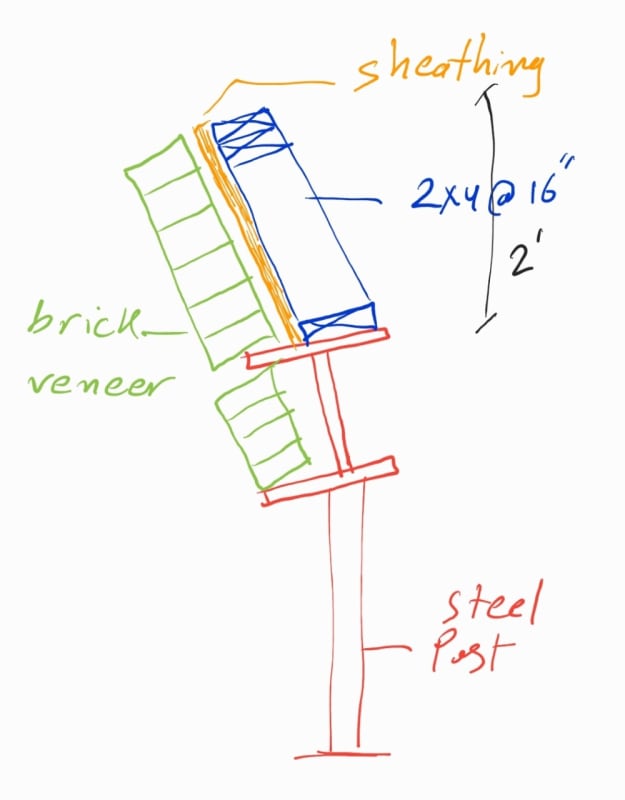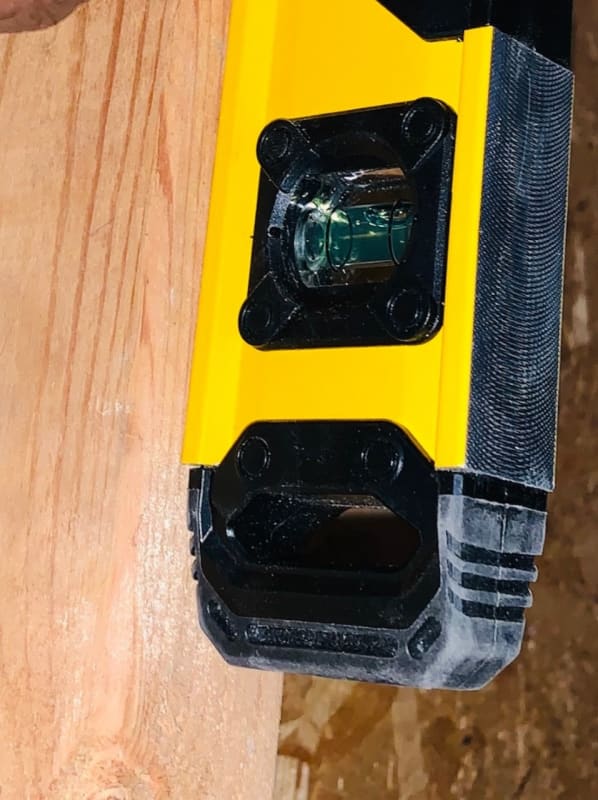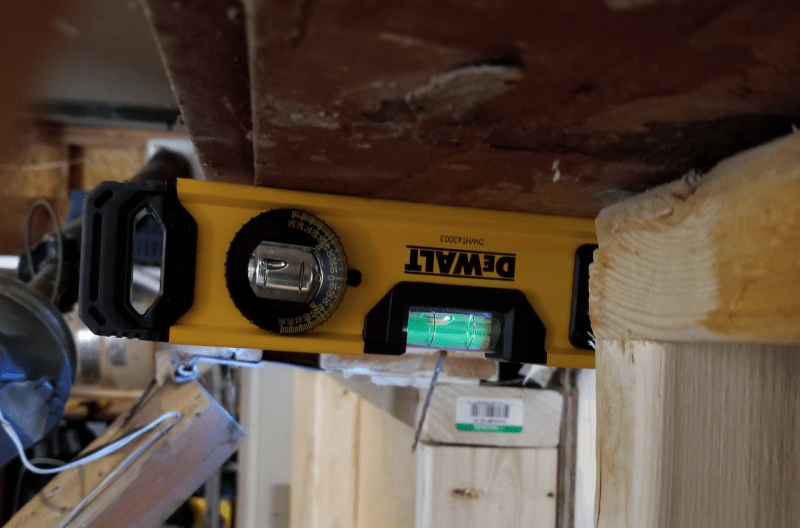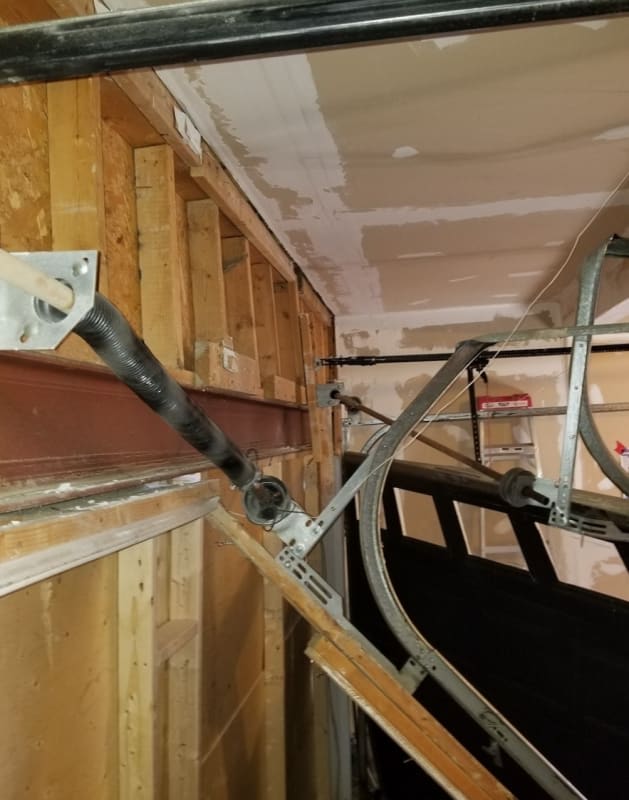Hi,
We have half a wall above a building entrance. The half-wall consists of wood studs, covered with sheathing and brick veneer. The half-wall (actually even the steel frame under it - but to a less degree) is out of plumb, leaning to the exterior side so that you can identify this at first glance. How much out of plumbing tolerance is there for the studs and the brick veneer? If (as I believe) it exceeds the tolerance, how would you fix it?
I appreciate your feedback.
We have half a wall above a building entrance. The half-wall consists of wood studs, covered with sheathing and brick veneer. The half-wall (actually even the steel frame under it - but to a less degree) is out of plumb, leaning to the exterior side so that you can identify this at first glance. How much out of plumbing tolerance is there for the studs and the brick veneer? If (as I believe) it exceeds the tolerance, how would you fix it?
I appreciate your feedback.




